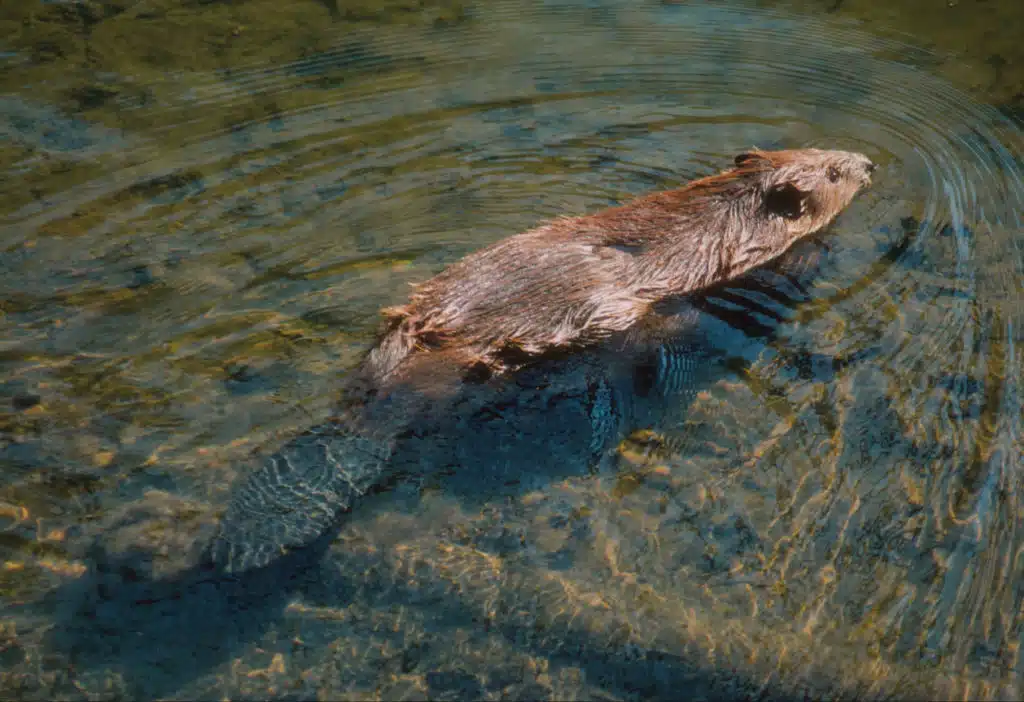Australia’s Serengeti: Clash of the Marsupial Carnivores – a Tasmanian researcher’s study of marsupial carnivores and their teeth will help us conserve our remaining marsupial carnivores.
Clues to conserving our surviving marsupial carnivores are being found in their diet and their teeth, according to Menna Jones from the University of Tasmania.
In the ancient Gondwanan forests of Tasmania, screams rend the air as predators clash with tooth and claw. These are not the famed African lions and hyaenas, but Australia’s own carnivores. Predators with pouches, these marsupial equivalents included the thylacine, the Tasmanian devil and two types of quolls.
We need to understand the social history of these animals to conserve them. Spotted-tailed quolls are declining on mainland Australia and are rare even on the island refuge of Tasmania. Eastern quolls have already become extinct on the mainland and now occur only in Tasmania.
Fierce competition for food may explain why the spotted-tailed quoll is rare, said Dr. Jones. “This elegantly spotted, rather elongated quoll is the “piggy-in-the-middle”. At 1.5 to four kilograms in weight, it is sandwiched between the larger devil (these weigh up to 12 kilograms) and the little eastern quoll. And fight they must, with both devils and eastern quolls, for the same prey.”
Menna Jones has been studying the ecology and conservation of these unique Australian carnivores for the past eight years. A specialist on both carnivores and marsupials, she has worked with wolves in North America and was involved with Peter Jarman’s kangaroo behaviour project featured in “Faces in the Mob”. In 1993, she assisted the ABC Natural History Unit in filming “Clash of the Carnivores”, on the marsupial carnivores of Tasmania.
Spotted-tailed quolls may always have been scarce in Tasmania. Clues from the canine teeth suggest that devils and quolls have been competing for food over an evolutionary time scale.
Dr Jones said that patterns in the strength of the canine teeth indicate they have changed in size over thousands of years in response to competition. “Canine tooth size determines the size of prey that a carnivore can kill. Equal spacing in canine size among the quolls in Tasmania maximizes differences in the prey they eat, reducing competition. The mainland quolls, who have not experienced intense competition from devils and thylacines, have different sized teeth.”, she said.
So next time you are thinking of packing your bags for Africa, come to Tasmania instead. As the sun goes down and you retreat to your tent or cabin, a whole new world is waking up outside. Devils and quolls are out roaming the ancient Gondwanan forests, competing to find food. As blood-curdling screams rend the night air, the legacy of this age-old drama is revealed in flashing canines; canines of perfectly equally spaced sizes!





 Fresh Science is on hold for 2022. We will be back in 2023.
Fresh Science is on hold for 2022. We will be back in 2023.